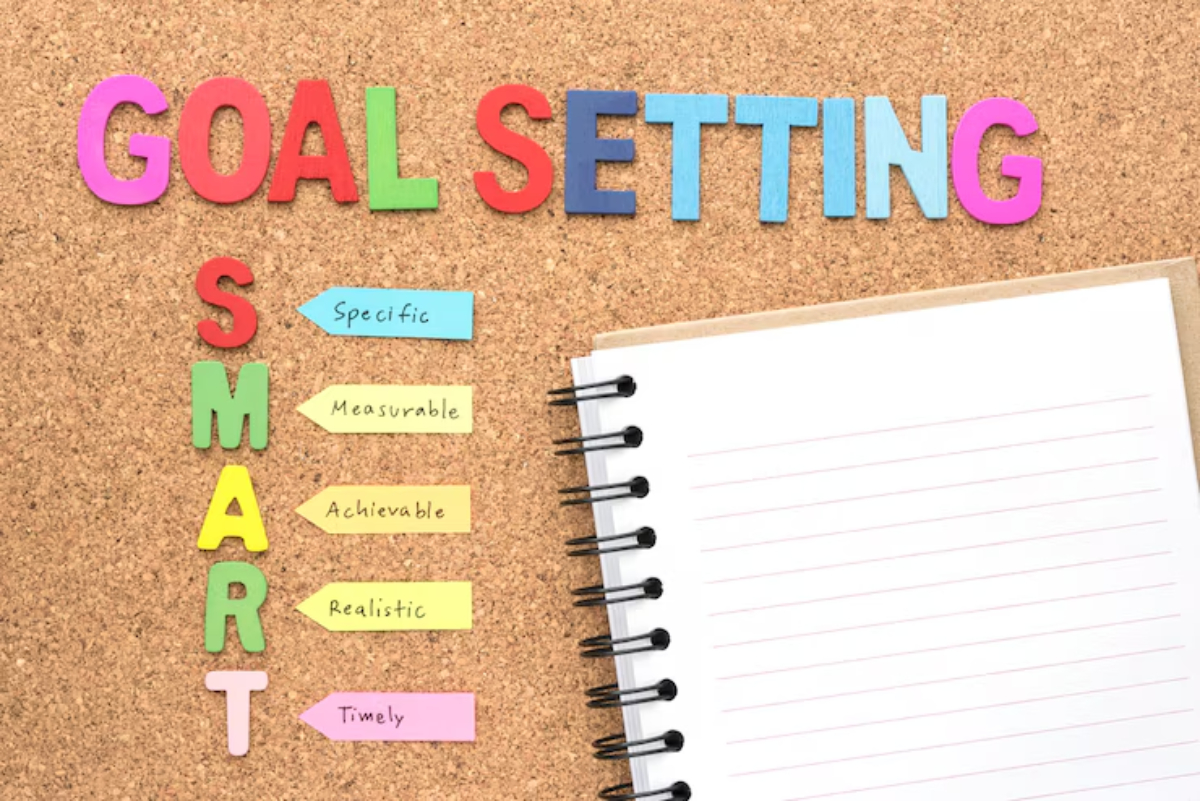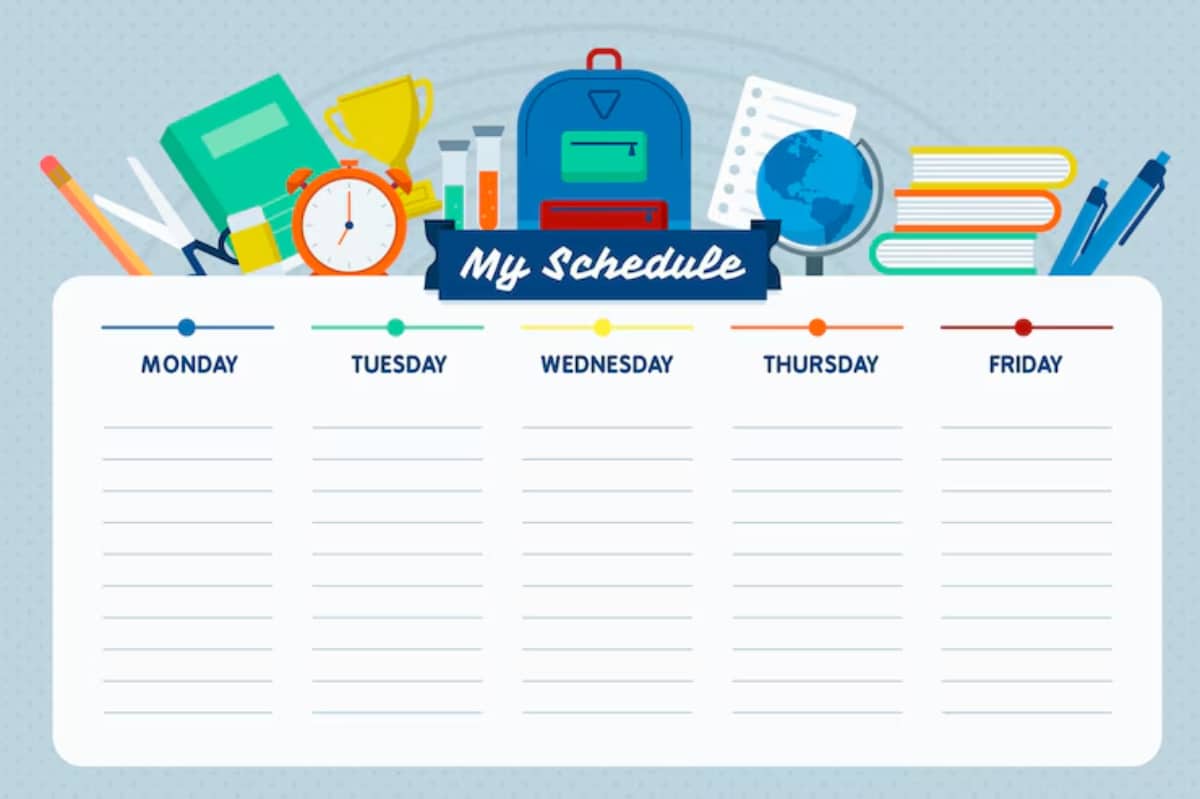
How to Choose the Best Homeschool Curriculum for Your Child
Choosing a homeschool curriculum is one of the most significant decisions you’ll make as a homeschooling parent. The right programme can shape your child’s academic journey, boost their confidence, and make your teaching experience more rewarding. But with hundreds of options on the market, from boxed kits to online academies, how do you know the right fit?
In this guide, updated for 2025, we’ll walk you through the essential steps to finding the best homeschool program tailored to your child’s needs. You’ll find practical insights, expert-backed tips, and a checklist to guide your decision-making—all grounded in real-world homeschooling experiences.

Understanding the Core: What Makes a Curriculum “The Best”?
When it comes to choosing homeschool curriculum options, there’s no one-size-fits-all. Each child is unique, with their own learning pace, style, and interests. Likewise, each family has different values, schedules, and levels of teaching experience.
Key factors that define a strong homeschool curriculum:
- Educational approach: Is it traditional, Charlotte Mason, Montessori, unit studies, or unschooling?
- Accreditation: Is the curriculum recognised by educational bodies (especially for college-bound students)?
- Flexibility: Does it allow for customisation or follow a strict daily plan?
- Delivery method: Is it print-based, digital, or a mix?
- Parental involvement: Does it require you to teach everything or guide from the sidelines?
- Assessment and support: Are there built-in quizzes, assignments, or teacher access?
Experts recommend starting with your child’s learning style and your teaching comfort level. According to the Home School Legal Defence Association (HSLDA), many new families overlook how much time and hands-on involvement they can realistically provide.
Pro Tip: Use a planner or app to track lessons, goals, and your child’s progress. Tools like Trello or Homeschool Panda can help organise your day.
Quick Guide: Key Takeaways
- Know your child’s learning style (visual, auditory, kinesthetic).
- Set clear academic and personal goals.
- Choose based on approach, not popularity.
- Review sample lessons before committing.
- Check for reviews, accreditation, and hidden costs.
- Adapt over time—curriculum is not one-and-done.
Important Note: Avoid falling into the “shiny new curriculum” trap. Too many resources can overwhelm both you and your child. Stick with one main programme until you’ve fully explored its potential.

Step-by-Step Guide: How to Choose a Homeschool Curriculum
1. Understand Your Child’s Needs
Ask yourself:
- Does your child prefer hands-on projects or written work?
- Do they thrive on structure or need more freedom?
- Are there any learning challenges to accommodate?
Example:
If your child struggles with reading but excels at building things, a curriculum heavy on worksheets might frustrate them. A hands-on, project-based programme like Moving Beyond the Page might fit better.
2. Define Your Teaching Style and Availability
- Can you commit several hours a day to direct instruction?
- Are you more comfortable facilitating independent learning?
- Do you need something that works around a busy household schedule?
Tip:
Busy parents often prefer online homeschool programmes like Time4Learning, which offer automated lessons and grading.

3. Set Academic and Personal Goals
Do you want:
- To follow a national standard (e.g., Canadian or US curriculum)?
- Faith-based instruction?
- A focus on critical thinking, creativity, or STEM?
Write these goals down. Use them to filter out options that don’t align.
4. Explore Curriculum Types
| Curriculum Type | Best For | Example Programmes |
| Traditional | Structure & academics | Abeka, Calvert |
| Classical | Logic, reasoning | Memoria Press, Classical Conversations |
| Charlotte Mason | Nature, living books | Simply Charlotte Mason |
| Unit Studies | Thematic learning | KONOS, Gather’ Round |
| Online/Digital | Independent learners | Khan Academy, Monarch |
5. Compare and Review
Visit curriculum websites and look for:
- Free samples or trial periods
- Parent forums or Facebook groups sharing honest reviews
- Cost breakdowns (materials, subscriptions, extras)
- Return policies
6. Trial and Adjust
Start with a short-term plan or a blended approach. It’s common to:
- Mix curriculum types (math from one, language arts from another)
- Adjust based on how your child responds over time
Remember:
Homeschooling is flexible for a reason. Don’t be afraid to pivot if something isn’t working.
Best Practices & Additional Insights
- Build a support system: Join local or online homeschool groups to exchange ideas and get emotional support.
- Set a routine, not a rigid schedule: A flexible rhythm reduces stress and encourages consistency.
- Regularly evaluate: Use quarterly reviews to adjust your curriculum based on results and engagement.
Bonus Tip:
Involve your child in the process—let them choose electives or vote on science topics. This builds ownership and motivation.
FAQs: Common Questions About Choosing Homeschool Curriculum
Q: What if I choose the wrong curriculum?
A: Don’t worry—many parents adjust within the first few months. Most curriculum providers offer refund windows or free trials.
Q: Do I need an accredited curriculum?
A: Not always. Check the requirements of specific universities if you plan to re-enter public school or apply. Otherwise, focus on quality and fit.
Q: Can I mix and match programmes?
A: Absolutely. Many homeschoolers use different resources for different subjects, known as an “eclectic approach.”
Q: How much should I spend on a curriculum?
A: Prices vary widely, from free resources like Easy Peasy to complete packages costing over $1,000 annually. Consider value over cost.
Q: Should I test my child regularly?
A: Light, ongoing assessments help track progress without stress. Look for built-in quizzes or make your own using rubrics.
The Final Word: Empower Your Journey with the Right Tools
Choosing homeschool curriculum can feel overwhelming, but you don’t have to get it perfect the first time. What matters most is starting with your child’s needs and building from there. Remember, homeschooling is a journey, not a race.
Whether you’re aiming for the best homeschool program for academics, flexibility, or personal growth, trust your instincts, stay informed, and don’t be afraid to course-correct. You’ve got this!
Ready to Begin?
Explore trusted homeschool curriculum reviews, download planning templates, and connect with other parents on your journey.
Start your homeschool journey with confidence—discover top-rated programmes today!
Looking for the best homeschool program? Choose the right homeschool curriculum based on your child’s needs, learning style, and family goals. Start confidently today.
Would you like to pair internal link suggestions or planning worksheet ideas with this guide?


